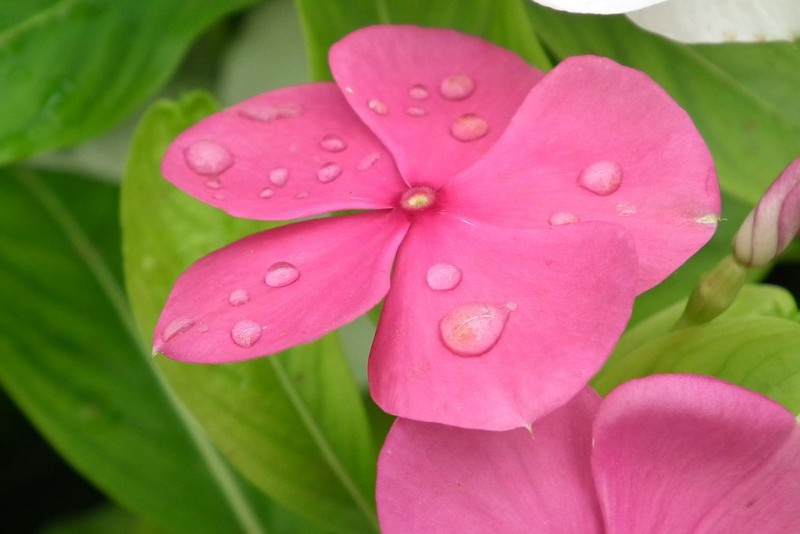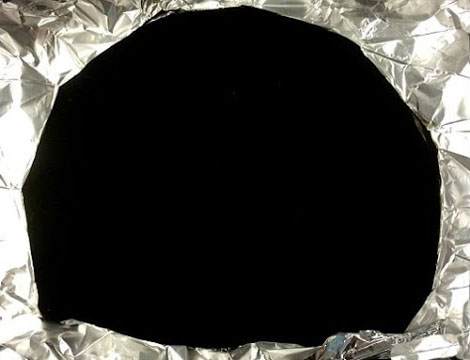We hear of corporations patenting or copyrighting anything they can lay their hands on, whether it is bioprospecting or biopiracy of plants used by native cultures (see for instance Of patents & pi®ates, The gene rush), or laying claims to human genes. According to the ACLU, about 20% of our genome is currently patented. Although they successfully fought two patents on genes associated with hereditary breast and ovarian cancer, resulting in a 2013 invalidation by the U.S. Supreme Court (Whether human genes can be patented).

But here is the case of an artist – the sculptor Anish Kapoor – who acquired exclusive rights to a specific black pigment. Vantablack was developed originally for military purposes, because it absorbs 99.96% of the light. Often shown on aluminium foil, to highlight its lack of… highlights, it appears to flatten anything it is on.
Anish Kapoor … Exclusive Rights to Blackest Black

Exclusive ownership of a color (or rather a pigment) seems extreme, and it is certainly causing a stir amidst fellow artists. But pigments have had colorful developments throughout the history of visual arts (The Colorful Stories of 5 Obsolete Art Pigments).
Leave me a Comment
You must be logged in to post a comment.